For Part 1 see – bit.ly/2G1OrmS
For Part 2 see – bit.ly/2OVewb
THE WAR YEARS – 1939 – 1945
Then came the war which, in common with so many other professional players of his generation, wrenched six years out of Lawton’s life when he was at his best and in his football prime.
In mid- September 1939, the government reversed its earlier decision and gave permission for football clubs to play friendly matches. Although initially, in the interests of public safety, the number of spectators allowed to see these games was limited to a maximum of 8,000. With the passing of time these arrangements were modified, and clubs were allowed gates of up to 15,000 from the sale of tickets purchased through the turnstiles on the day of the game. The government also introduced an obligatory fifty mile travelling limit, and divided the clubs in the Football League into seven regional areas in which games were allowed to take place.
Lawton was only 20 years old at the outbreak of WWII, and at the peak of his form. And while at first he thought it would probably be the end of his football career, he was fortunate and while on Army service he still managed to get in a weekly game. Of course there were those who thought it unfair that fit, able-bodied young men like Lawton were allowed to continue to play football regularly in England, while others were away on active service. Yet Lawton argued he didn’t ask to stay in England, he was ordered to stay, and as a consequence was able to continue to play for Everton during the conflict. In common with a number of other professional players, he made guest appearances for several other clubs during the war years, including Aldershot, Chester City, Greenock Morton, Leicester City and Tranmere Rovers, during which he amassed a total of 152 goals in 114 games and charity matches.
During the war the British Army invited some of the country’s best footballers to accept the position of Physical Training instructors at Aldershot, including notables such as Joe Mercer and Matt Busby. And unsurprisingly, as an England international, in January 1940 Lawton was also recruited to the Royal Army Physical Training Corps., which was founded in 1860, and still remains responsible for physical fitness and physical education.
- Part of the Fitness Training during WW1
Tommy was posted to Birkenhead, which enabled him to make regular appearances for Everton, together with the British Army team and his Area Command team. On Christmas Day 1940, he famously played for Everton against Liverpool at Anfield in the morning, and for Tranmere Rovers against Crewe Alexandra later that afternoon. ‘The Tranmere people came into the dressing room and asked if anyone wanted to play as they were two men short’. Tommy responded willingly, and agreed to help them out. And he did !
In 1942, with the war still raging, Lawton scored a hat-trick for England in a 5–4 win against Scotland at Hampden Park, and later the same year scored six goals for Aldershot in a 9–0 win over Luton Town. In October the following year he bagged another four goals for England over Scotland in an 8–0 victory at Maine Road, the former home of Manchester City.
Unfortunately, the FA decided it would not award full caps for England appearances during the war years, and as a consequence the 24 goals Tommy scored in his 23 wartime international appearances were never credited in the statistics of the official England team.
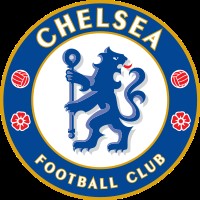
CHELSEA FC – The Blues – Founded 1905
The Chelsea Football Club is based at Stamford Bridge, in London, which has been the club’s home ground since its formation in 1905.
When the hostilities ended, and the global war came to an end in September 1945, Lawton returned to Everton and immediately put in a transfer request, declaring he wanted a move to a southern club in order to see more of his estranged wife. Under protest the club accepted his request, and after scoring 69 goals in 90 appearances for the ‘Toffees’, Tommy organised his own transfer and was sold to Chelsea in November for a fee of £14,000. Some thirty years later, when in a reflective mood, Lawton came to the conclusion he might have fared better had he
‘remained with Everton and transferred his wife’.
- Tommy Lawton scores for Chelsea against Tottenham in the 1947 FA Cup replay
Following his demobilisation in 1946, he spent a little time coaching for the FA at a summer camp in Switzerland. For although the war was over national league football was not resumed until the 1946–1947 season, and as a consequence Chelsea continued to play a number of regional wartime fixtures. During which Lawton scored a club record 26 goals in 34 league appearances. Now universally acknowledged as the finest centre-forward of his generation, Lawton arrived at Chelsea in 1945, just in time to play in its spectacular friendly match against Moscow Dynamo, which laid claim he had been brought in specifically for that historic occasion. His debut in the wartime match helped inflate the attendance to an astonishing 53,000. They were not disappointed, for with impressive physique, supremacy in the air, and the gun-powder in his boots, he duly responded, knocking in the ‘Blues’ third goal in an epic 3-3 draw.
On his first Division one appearance against Bolton, in front of an even bigger crowd of 63,000, Tommy struck twice in the club’s 4-3 victory. Nonetheless, the troubled Lawton struggled to settle at Stamford Bridge, for although he was fond of London, he only stayed for just over one full season, during which time he collected a total of 35 goals in his 53 outings for the club.
Well known for his restless streak, which Lawton found difficult to keep under control, especially since at the time the team were notorious under-achievers. When on the pitch Lawton was never booked or sent off, but off the field of play his character was a mixture of shyness and assertiveness. The consequence of the latter being he developed the knack of falling out with his employers. Therefore it was seemingly inevitable this flaw in his personality would sooner or later lead to conflict with the club manager Billy Birrell. Eventually it did, in 1947, when Tommy refused to go on a pre-season tour of Sweden, citing the reason as being mental and physical fatigue.
The outcome of the verbal tussle was for him to once again ask to be put on the transfer list. Lawton favoured a move to the club’s arch rival Arsenal, which the Chelsea management firmly ruled out. Sunderland also expressed interest, but yet again Lawton turned the approach down, harbouring the vain hope that Chelsea would relent and consent to a move to Arsenal.
Irrespective of the administrative and dressing-room discord, and despite Tommy’s anxiety part company with the ‘Blues’, the former Glasgow Celtic ouside-left, Johnny Paton, loaded the ammunition for Tommy to fire Arsenal out of the FA Cup 2-0 in the third round replay at White Hart Lane in front of 59,590 fans.
Lawton scored 30 goals in 42 games for Chelsea before, under protest, the club agreed to his transfer to the Third Division South club, Notts. County for a record fee of £ 20,000.
Article © Roy Case
For Part 4 see – bit.ly/2G6VGeQ

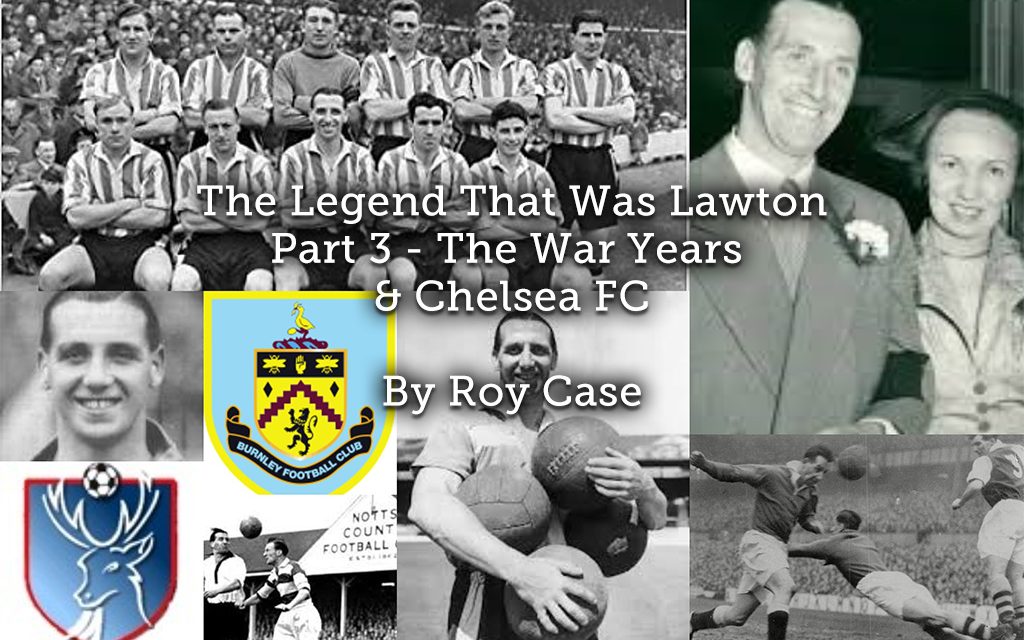
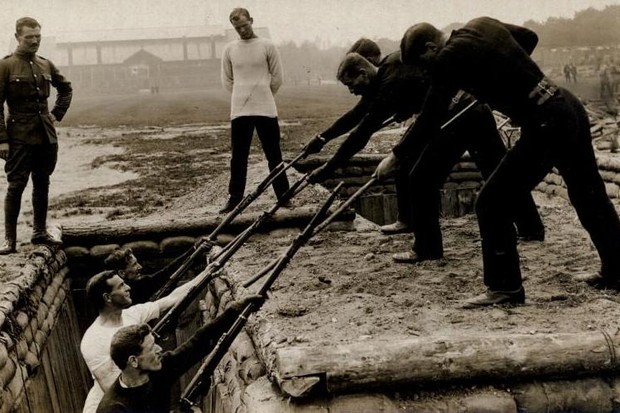
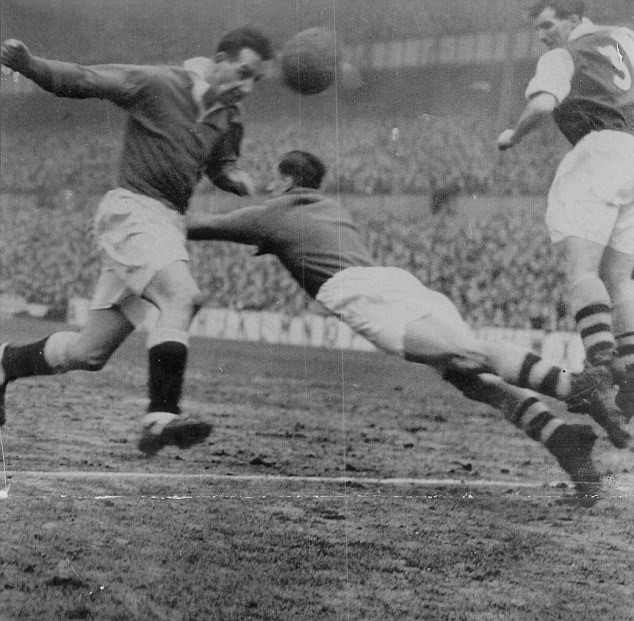
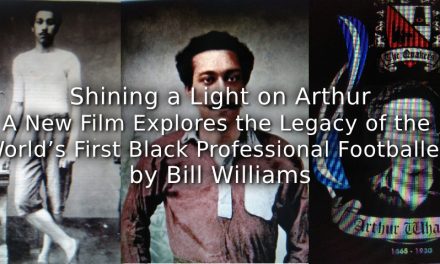
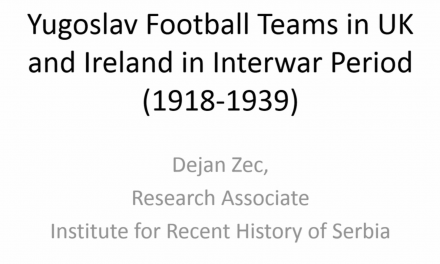
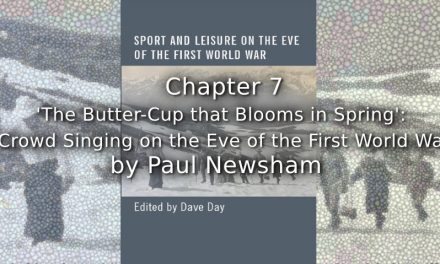
![“And then we were boycotted” <br> New discoveries about the birth of women’s football in Italy [1933] <br> Part 6](https://www.playingpasts.co.uk/wp-content/uploads/2020/04/PP-banner-maker-4-440x264.jpg)